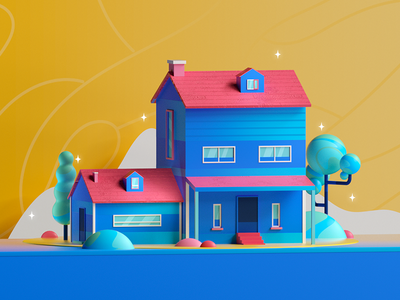Some people think that zoos are all cruel and should be closed down. Others however believe that zoos can be useful in protecting wild animals.
Discuss both opinions and give your own opinion.
———————————————————————————————–
The morality of zoos has caught public attention for years, to the point that some exert great pressure on policy-makers to close such places for the welfare of wildlife species. However, looking at this from a conservation perspective, without the existence of zoos, there would be fewer species alive today.
Admittedly, critics of zoos posit that it is morally cruel to keep a species in captivity, thereby such places should be abolished. This is predicated on the fundamental belief that the movement of these captive animals is somewhat restricted, causing mental stress disorders among them. Nevertheless, in well-managed zoos, they can be scientifically proven to be healthier than their counterparts in the wild. This is because they get a varied and high-quality diet with all the supplements required, and any illnesses they may have will be treated.
To add further credence to my assertion, the closure of wildlife theme parks means fewer opportunities for conservationists to educate visitors to become more environmentally conscious in the forms of presentations about these wild life species and their habitats.
Therefore, in an effort to preserve these endangered animals on the verge of extinction, I believe that these captive environments have a key role to play. The very fact that animal species have been saved or reintroduced as a result of captive breeding can justify the very existence of zoos, in which scientists are allowed to undertake research on them to study how key species live, act and react. These findings can not only help prevent colossal numbers of animals from becoming threatened but also restore and repair ecosystems.
In conclusion, although animal rights activists claim that zoos can inflict cruelty to captive animals and these should be closed down,I believe that they are essential to the long-term survival of numerous species.






